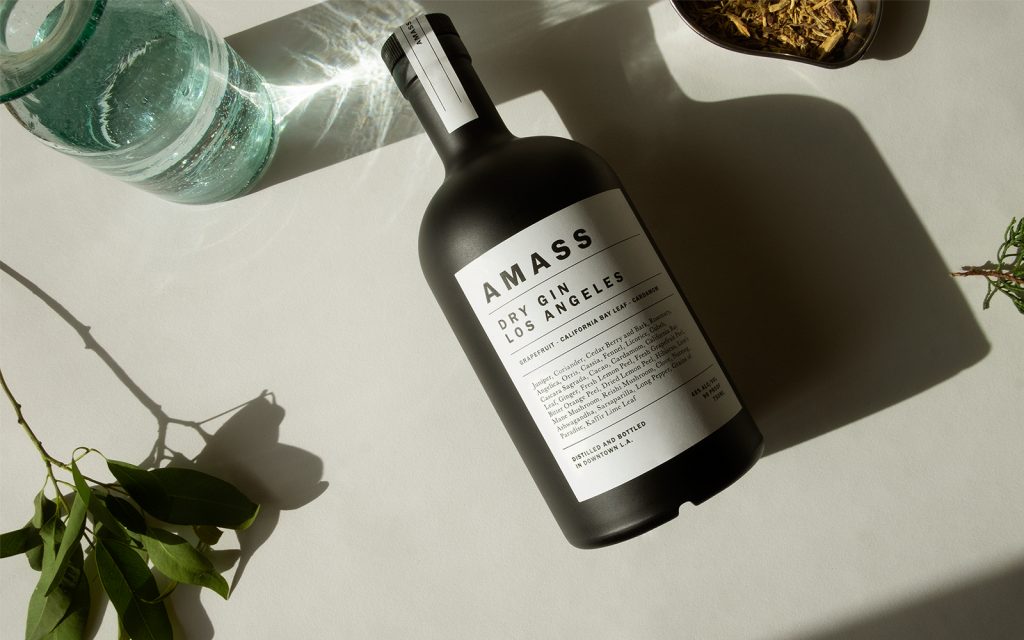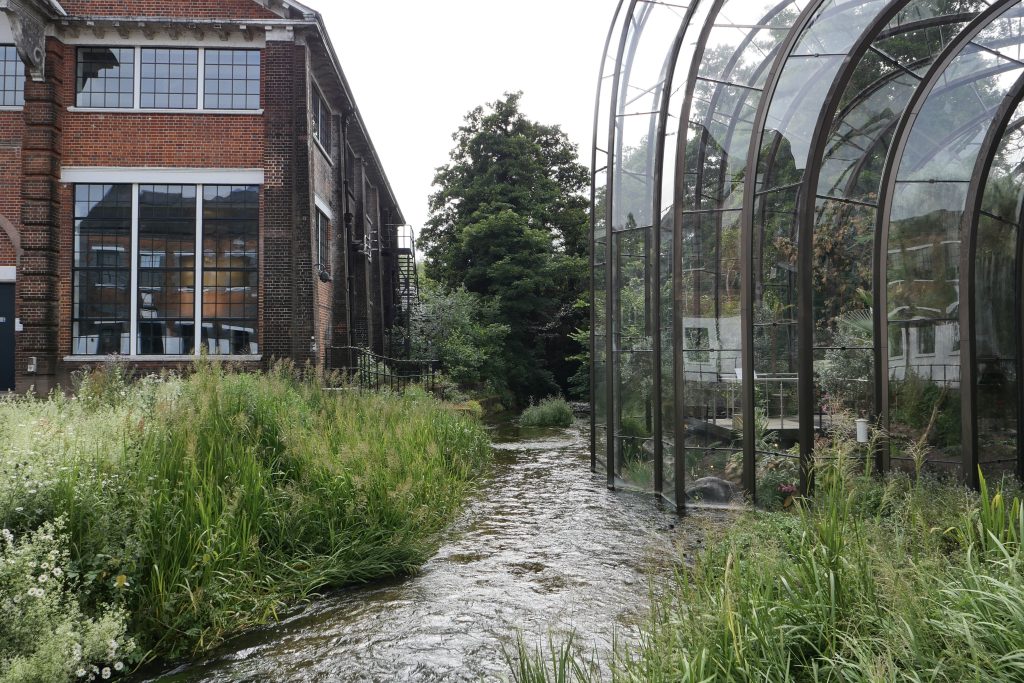Sông Cái’s Lush Gins Embody Vietnam’s Diverse Terroir
The first-ever gin from Vietnam celebrates the overlooked and authentic spirit of the country

Founded by Daniel Nguyen, Sông Cái is the first gin to be made in Vietnam—an accomplishment that seems surprising given that the country’s rich forests abound with flavorful botanicals ripe for spirit-making. Nevertheless, much of Vietnam’s mountainous landscape is mistakenly associated with rice paddies and deltas rather than vast habitats. To showcase the country’s diverse terroir, Nguyen cultivates Vietnam’s rare heirloom flowers and fruits using local methods to craft decadent and unique sips and, in doing so, reimagines the dry gin category.
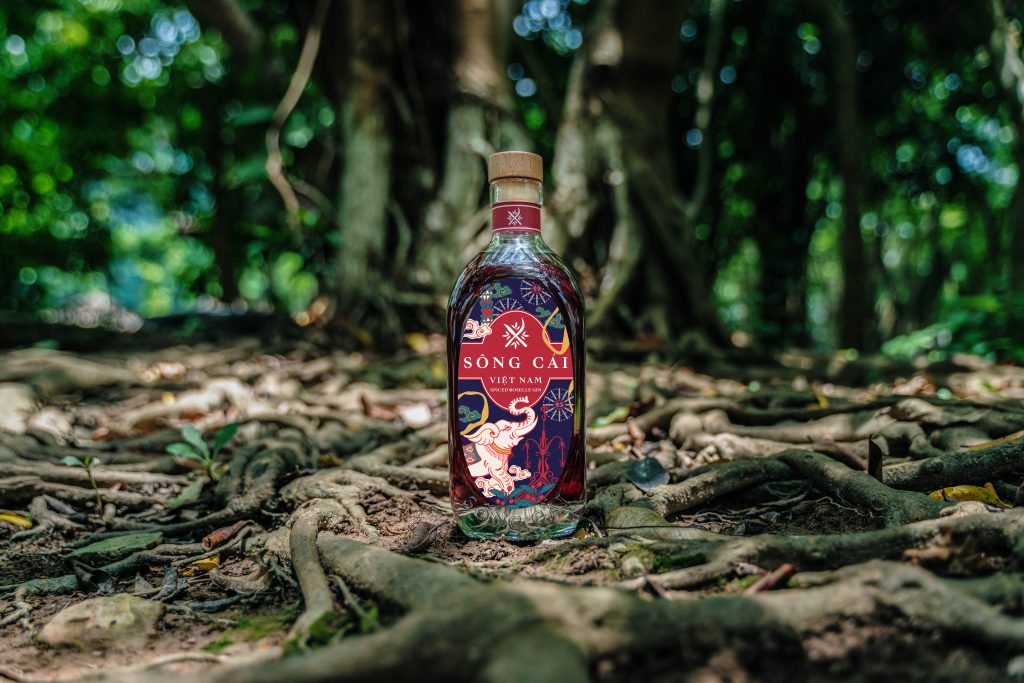
Nguyen was in the highlands of Vietnam, researching agroforestry and natural land management alongside farmers and foragers when he realized an issue. “A lot of these communities don’t have access to the market or a way to add value to their products,” he explains. Like many in the agricultural industry, farmers in Vietnam are underpaid and overworked for their raw materials, often having to export them at a lower cost rather than transforming them into higher-priced goods. “We started Sông Cái as a way to solve an agricultural and marketing problem,” he continues. Gin was the perfect answer to these issues, as it not only enabled Nguyen to highlight native botanicals and traditions but, he also notes, it just felt right: “agriculture and alcohol are intrinsically entwined in that alcohol is the final expression, or one of the last expressions, of agriculture.”

All of the distillery’s offerings—a dry gin, floral gin and spiced roselle gin—reflect different regions of the country and feature their respective fauna and flavors. The dry is an ode to the Northern Highlands, a bold medley of 16 Vietnamese ingredients such as green turmeric, jungle pepper, black cardamom and heirloom pomelo. On the nose, savory aromas and a hint of citrus peel allude to the spirit’s unique balance, giving way to Đìa Siêu wood’s warm and smoky notes that round the gentle sweetness of dried fruits and extend the gin’s finish.

The floral gin is a love letter to the lowlands of Vietnam and its flower culture. Marrying dragon claw flower, ylang ylang, jasmine, michelia alba and more, the expression is fruity and reminiscent of ripe jackfruit. On the other hand, the spiced roselle (which is not yet available in the US), reflects the Central Highlands with a spicy, full-bodied essence with notes of anise, pepper, dried cherry and cinnamon. Each batch’s ingredients place the botanicals in context with the communities that harvest and honor it. “We look at what is special and what is important to local communities, and then how people are presenting flavors and aroma profiles locally. We use that as inspiration for the gin,” Nguyen tells us.

Sông Cái works with multi-generational foraging families from ethnic minority groups (like the H’Mong, Red Dzao and Nung), another element that showcases the diversity within Vietnam. After handpicking the flowers at just the right time, the community processes the botanicals themselves using Sông Cái’s facilities which are freely open to the locals during the off-season. These small yet crucial details help encourage market autonomy for the farmers.

To offset taking from the land, the company ensures that they give back to it. They follow sustainable harvesting methods and work with local agricultural institutes, working to reforest the land and leading re-propagation efforts. The team pays special attention to endangered and rare native plants, saving and collecting the seeds to propagate them with institutes. They also create a healthy seed stock and preserve the country’s biodiversity.
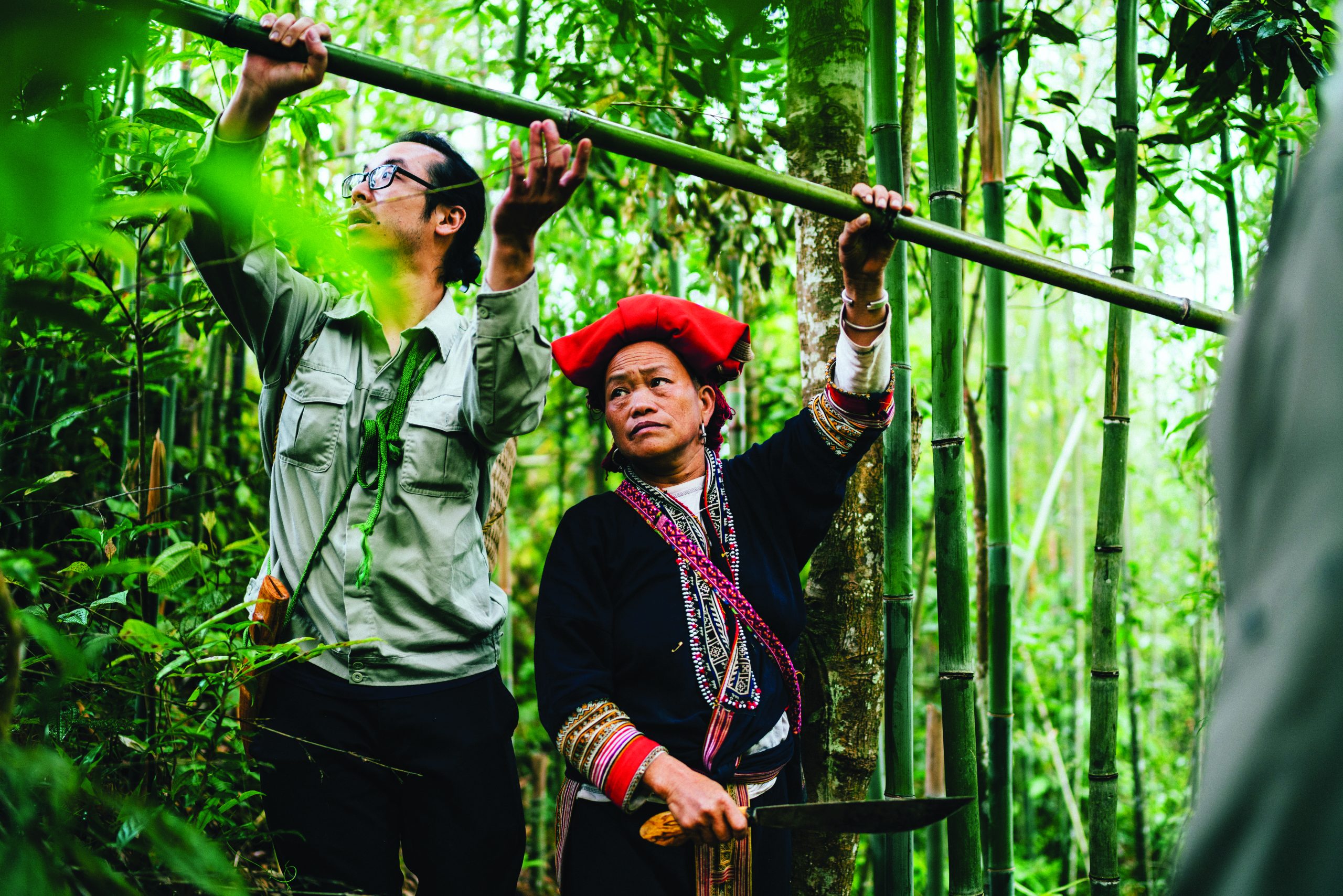
When the botanicals are processed, they are done so in the same way the locals in the area serve them. For pomelo, for instance, many communities in Vietnam “are finding ways to extend the seasons, so they cure the entire fruit for months to prolong the freshness of the insides,” explains Nguyen. “What ends up happening is that the aromatics in the peel develop really deep flavors. So we do something very similar: we cure the fruit for at least three months before we take the peel and distill that into gin.”
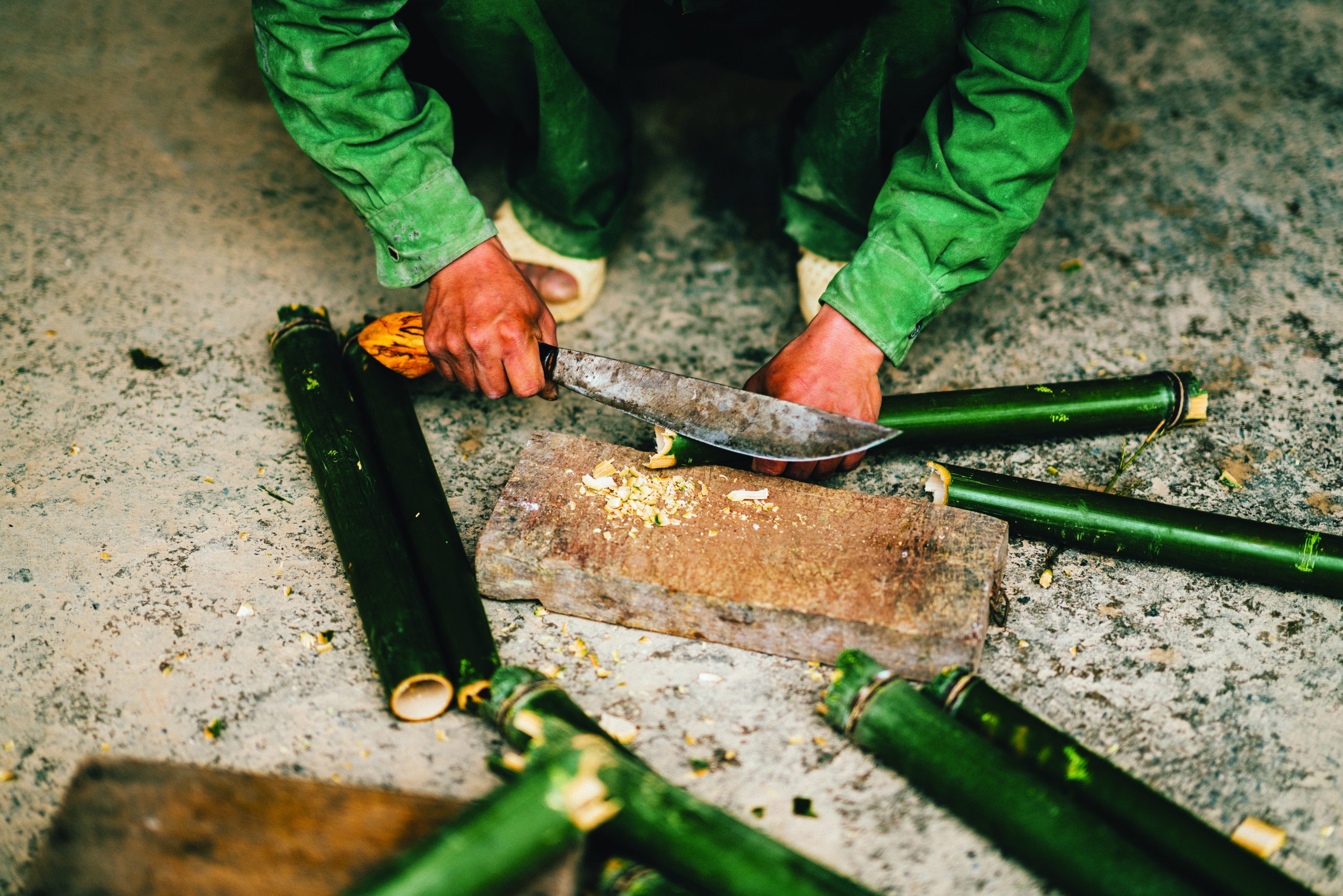
Once processed, the fruit and botanicals are distilled in small batches in Hanoi. They are macerated in a base spirit of rice and molasses to coax out the true expression of each botanical. From there, the mixture is placed in direct-fired copper pot stills, where it’s distilled once over before getting proofed down and bottled.

The bottle itself is as unique as the gin’s flavors and, like all of the spirit’s attributes, pays homage to the country’s culture. Adorned with traditional folk art and fauna that gently shimmers behind the liquor, the bottle’s distinct design stems from a painting style native to Vietnam called Hàng Trống. Nguyen tells us he chose this style because it coincides with the brand’s name, which translates to “mother river.”
“Mother river is an homage to the fact that Vietnamese culture, regardless of all 54 ethnic groups, is animistic at its core,” Nguyen says. “We have a deep reverence for nature. It also pays homage to the mother aspect. Vietnam has traditionally been a majority matriarchal society. Patriarchy was only introduced in wide-spread fashion through Confucianism.” The painting style is a lasting vestige from these historical times and only one artist remains alive that can do it, Lê Đình Nghiên, and, “he’s in his mid-80s,” Nguyen says of their collaborator.

“Sông Cái started off as a way to tell a story about Vietnam and the terroir, meaning the people, the place and the actual ingredients, through the lens of spirits,” Nguyen says. With thoughtful attention to details, the spirit does so and more—and that’s only the beginning of what the founder has planned. Preparing for a new, non-gin spirit release in the fall that’s a closer interpretation of a Vietnamese beverage, Sông Cái celebrates the overlooked and authentic spirit of the country.
Images courtesy of Sông Cái
